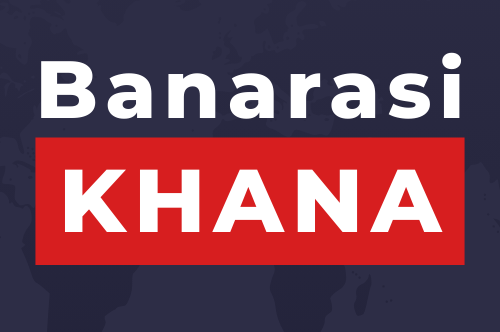ChatGPT Playground is an innovative tool that allows users to interact with an AI in a conversational manner. It is powered by OpenAI’s Generative Pre-trained Transformer 3 (GPT-3) model, which has the capability to understand and generate human-like text. As more and more people are becoming curious about the potential of AI in natural language generation, the ChatGPT Playground has become a popular platform for users to explore and experiment with the boundaries of this technology.
The Playground offers a wide range of functionalities that allow users to engage with the ChatGPT model in various ways. Users can start a conversation with the AI, ask it questions, play games, or even write stories with its assistance. The AI’s responses are often very human-like, which can give the impression of conversing with a real person.
However, it is important for users to understand the limits of the ChatGPT Playground and the underlying GPT-3 model. While the AI can generate remarkably coherent and contextually relevant responses, it is not without its flaws. The model can sometimes produce inaccurate or nonsensical outputs, and it may also exhibit biases that are inherent in the training data it was fed.
Additionally, the model is not capable of understanding and processing information like a human being. It lacks true comprehension and reasoning abilities, and it may struggle with complex or abstract concepts. Therefore, users should be mindful of the limitations of the AI when engaging with it on the Playground.
Despite these limitations, there are still many ways to effectively utilize the ChatGPT Playground. It can be a useful tool for brainstorming, generating ideas, or practicing writing skills. The AI can also provide quick answers to factual questions, offer language translation assistance, or aid in learning new languages.
As with any technological tool, it is important for users to approach the ChatGPT Playground with a critical mindset. While the AI can be fun and engaging to interact with, it should not be relied upon as a source of accurate or reliable information. Users should be cautious about sharing personal or sensitive information with the AI, as it poses potential privacy and security risks.
OpenAI, the organization behind GPT-3, has also emphasized the importance of responsible and ethical use of their AI models. This includes avoiding harmful or deceptive use cases, being transparent about the use of AI-generated content, and actively mitigating potential risks associated with these technologies.
In conclusion, the ChatGPT Playground offers an exciting opportunity for users to explore the capabilities and limitations of AI-generated text. While it can be a valuable tool for creativity and learning, users should be aware of its constraints and use it responsibly. With a thoughtful approach, the Playground can be a fascinating and educational experience for anyone interested in the possibilities of AI.






